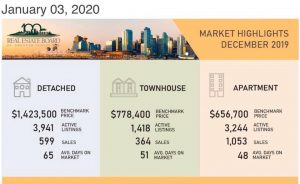We know some people are going through a life transition, or making investment decisions that involve a property purchase.
Here are a few things to consider to help you make the best decisions for you.
- Where is your down payment coming from? If it’s coming from the investment market, or upcoming wages, or gift that’s from investments or a refinance you will want to ensure it’s accessible and your lender has a way to get you the deposit (a branch open). With the investment market down for many, people not being able to work and some bank branches not having branches open you will want to have a plan in place.
- Appraisals & Inspections – you will want to ensure the appraisal will be able to be completed with access as some providers are not entering homes right now.
- Subject to financing – the lenders are very busy right now with record inquiries on mortgages. Ensure you have all your documents in order prior to submitting an offer and a minimum of 10-14 business days is recommended once your contract is accepted and sent to your Broker.
- Lawyers – you will want to ensure your legal representatives are working and have a method to complete the required paperwork. Best to confirm their availability early in the process as this meeting has to be in person.
Things are changing rapidly, and lenders are adapting and modifying policies to help through these times and as things move forward, your professionals will do all they can within their control to assist you.
Angela Calla is a 16 year award-winning woman of influence mortgage expert. Alongside her team, passionately assisting mortgage holders get the best mortgage, and educating them on The Mortgage Show on CKNW for over a decade and through her best-selling book The Mortgage Code available on Amazon. To purchase the book click here: The Mortgage Code. Proceeds from all sales will be donated to Access Youth Outreach Services. Angela can be reached at callateam@dominionlending.ca or 604-802-3983.



